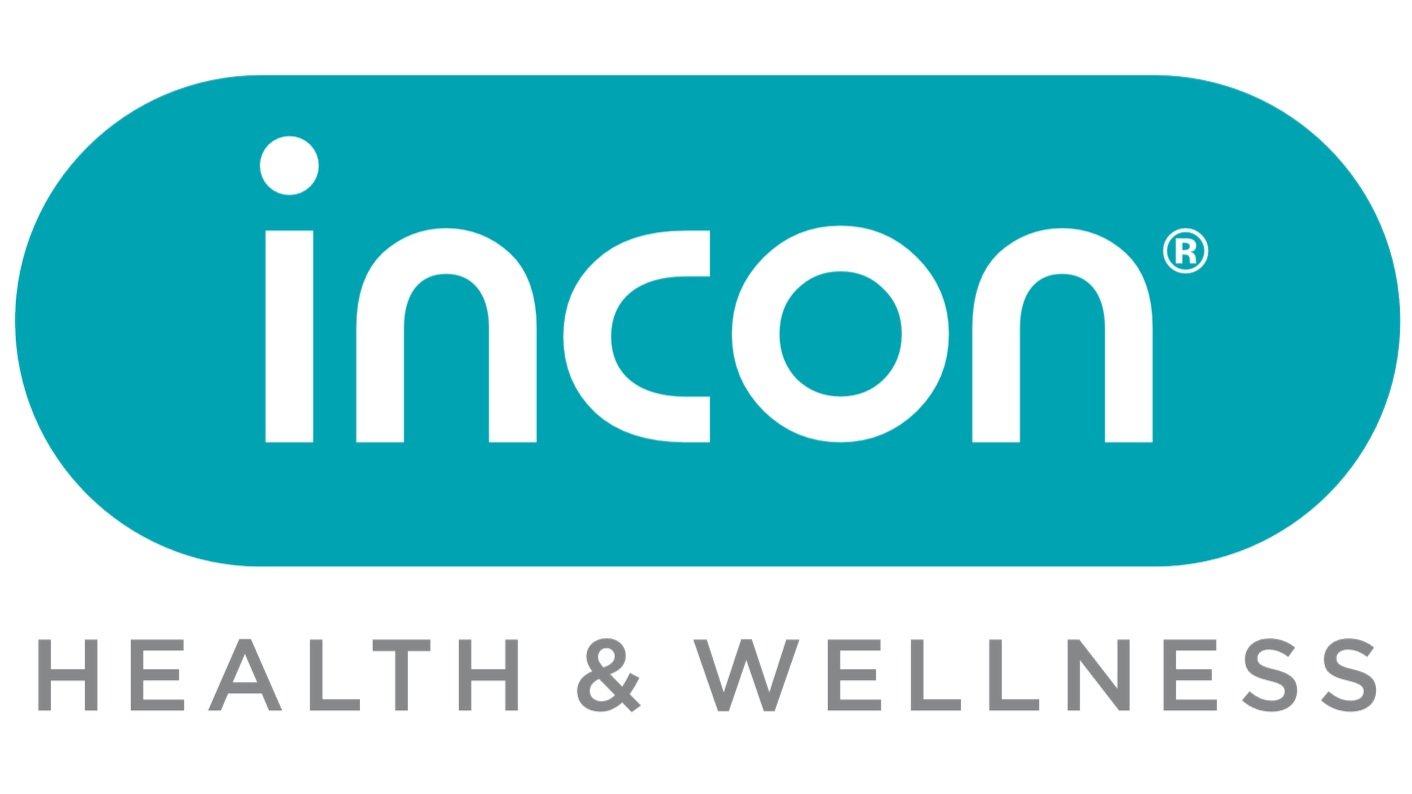EAP Best Practices
Employee Assistance Programmes (EAPs) are crucial resources designed to support the mental and emotional well-being of employees. As workplaces evolve and employee needs change, it's vital for employers to effectively utilise these programmes to maintain a healthy, productive workforce. Here are some best practices for employers looking to make the most out of their EAP services.
Promote Awareness of EAP Services
One of the biggest challenges with EAPs is underutilisation due to a lack of awareness. Employers must actively promote EAP services to ensure employees are aware that these resources are available and encourage their use. Regular communications through emails, staff meetings, and posters in common areas can help keep the EAP in employees' minds. Additionally, incorporating information about the EAP in new employee onboarding sessions ensures that new team members are informed from the start.
Simplify Access to EAP Services
Access to EAP services should be as straightforward as possible. Employees are more likely to use EAP resources if they can access them easily. Ensure that the process for obtaining support through the EAP is clear and simple. This might involve providing a dedicated phone line, offering a user-friendly online portal, and ensuring that help can be accessed confidentially without going through too many bureaucratic hurdles.
Regularly Review and Adapt EAP Offerings
The needs of employees can change rapidly, and the EAP must evolve to meet these changing demands. Regularly review the effectiveness of the EAP by gathering feedback from users and analysing utilisation rates. This feedback can guide adjustments to the services offered, such as adding support for issues like remote working challenges or financial stress if these are becoming more prevalent. Also, consider the demographic changes within your workforce that might necessitate different types of support services.
Conclusion
EAPs are an essential component of modern workplace support systems, but their effectiveness hinges on how well they are promoted, accessed, and adapted to meet employee needs. By following these best practices, employers can ensure that their teams have the support they need to thrive both professionally and personally. Remember, a well-supported employee is a more engaged and productive member of your team.

